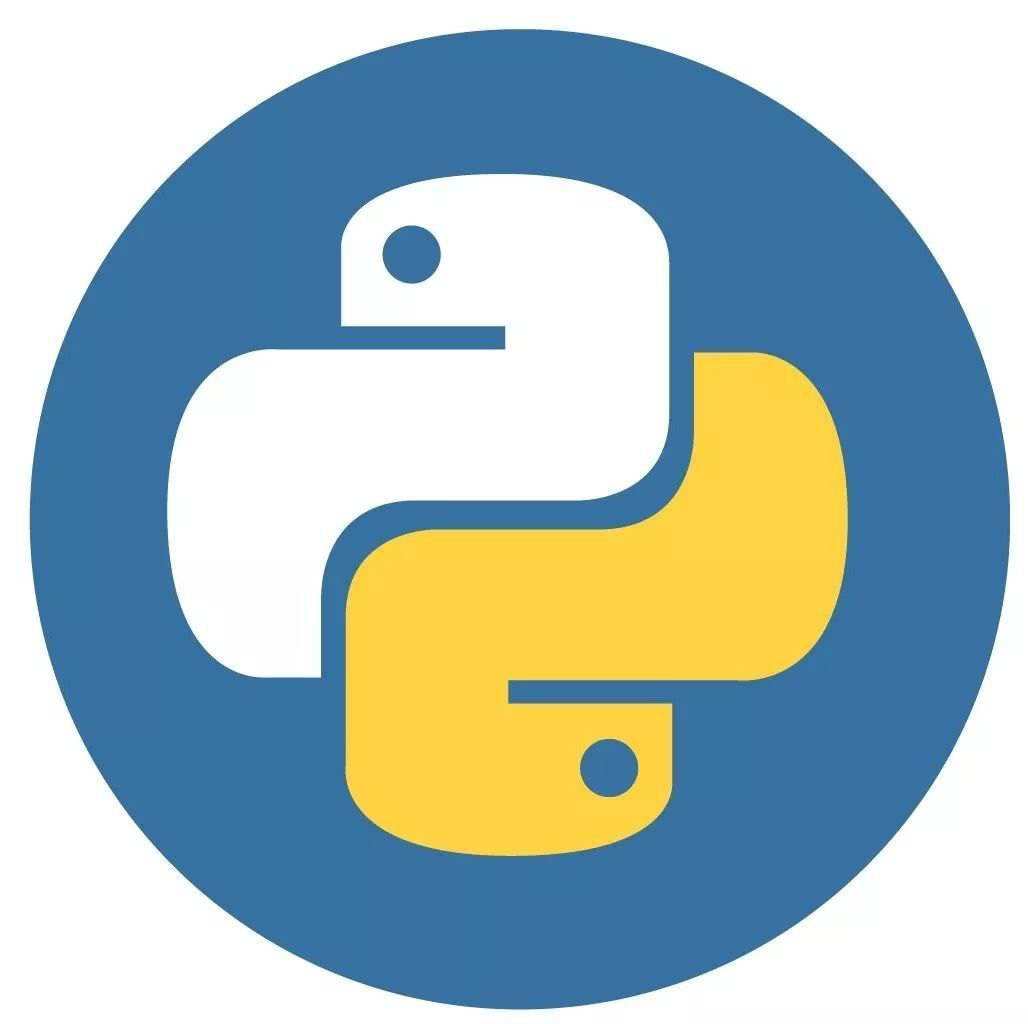与字符串的索引一样,列表索引从 0 开始,第二个索引是 1,依此类推。
通过索引列表可以进行截取、组合等操作。
实例
#!/usr/bin/python3
list = [‘red’, ‘green’, ‘blue’, ‘yellow’, ‘white’, ‘black’]
print( list[0] )
print( list[1] )
print( list[2] )
以上实例输出结果:
red green blue
索引也可以从尾部开始,最后一个元素的索引为 -1,往前一位为 -2,以此类推。
实例
#!/usr/bin/python3
list = [‘red’, ‘green’, ‘blue’, ‘yellow’, ‘white’, ‘black’]
print( list[-1] )
print( list[-2] )
print( list[-3] )
以上实例输出结果:
black white yellow
使用下标索引来访问列表中的值,同样你也可以使用方括号 [] 的形式截取字符。
实例
#!/usr/bin/python3
nums = [10, 20, 30, 40, 50, 60, 70, 80, 90]
print(nums[0:4])
以上实例输出结果:
[10, 20, 30, 40]
使用负数索引值截取:
实例
#!/usr/bin/python3 list = [‘Google’, ‘python-100’, “Zhihu”, “Taobao”, “Wiki”] # 读取第二位 print (“list[1]: “, list[1]) # 从第二位开始(包含)截取到倒数第二位(不包含) print (“list[1:-2]: “, list[1:-2])
以上实例输出结果:
list[1]: python-100 list[1:-2]: ['python-100', 'Zhihu']


评论0